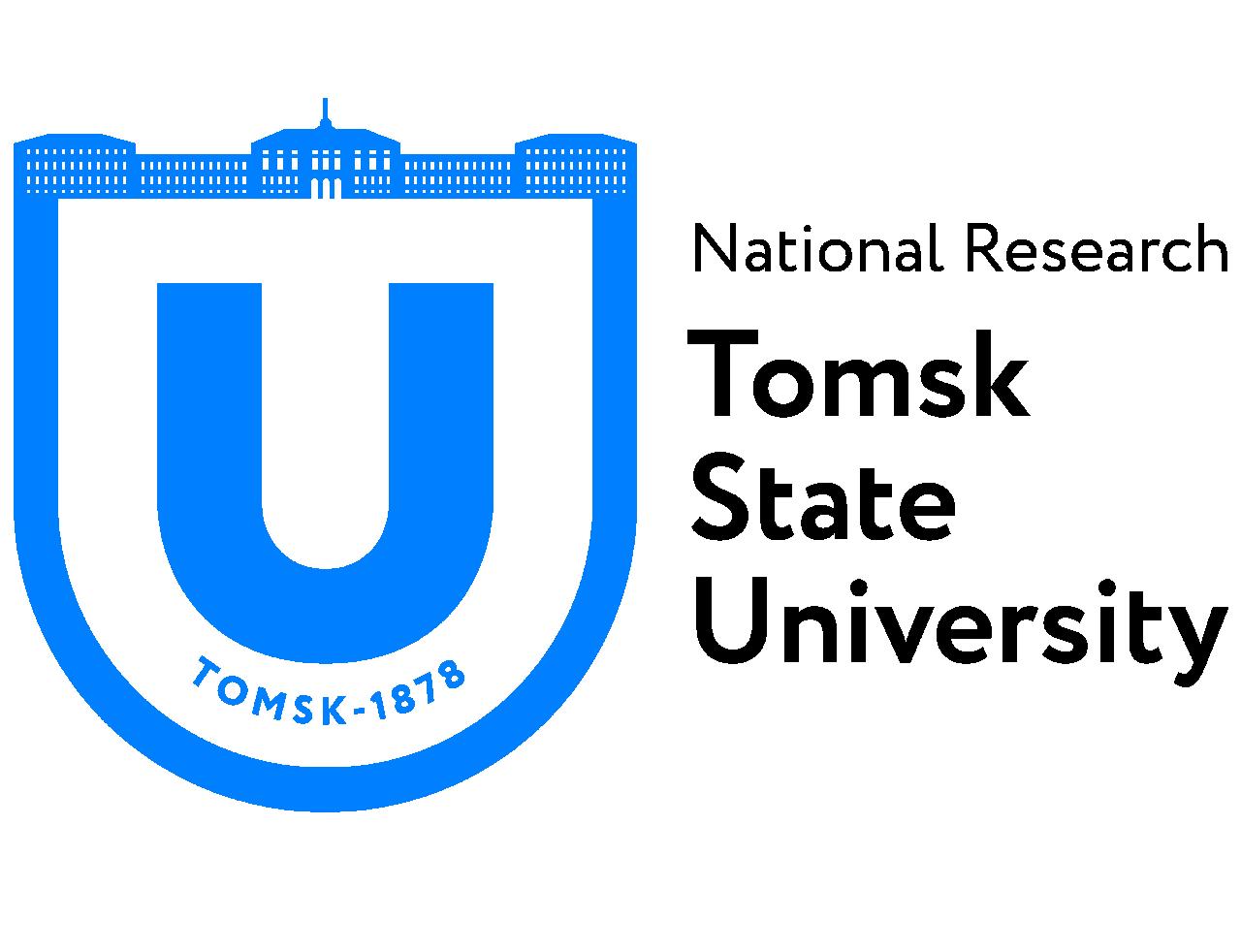Tomsk State University: TSU student improves the way 3D printer materials are produced
Roman Turubaev, a postgraduate student of the TSU Faculty of Physics and Technology, is developing a model of a two-phase turbulent swirling flow in a combined apparatus of powder technology. This will help, among other things, to improve the method of producing materials for 3D printers, ensuring the uniformity of particles of raw materials for printing.
Finely dispersed powders with specified dimensions are widely used in 3D printing, where everything is built on the principle of layering.
Due to the small particle size, the layers can be made very thin, and this helps us to print objects of complex shapes. However, the difference in particle size can lead to the layers not being uniform and, as a result, the quality of the finished product decreases. Therefore, it is important that the particles are not only small but also homogeneous.
– It is also important that the production of raw materials is environmentally friendly. Nowadays, few installations are providing this, and at the same time, the issue of separation by size for them remains unresolved. We decided to fix it. Previously, it was possible to get X grams of powder of a given size in a certain time, but with our option, it works out to do it faster, – said Roman Turubaev.
It was decided to increase the efficiency of powder classification by modifying the rotor blades. The device itself is designed in such a way that the particles go through two separation stages. First, they are launched from the bottom of the tube and, due to the aerodynamic force, bend around the rotating chop disk. If the particle is too large, then by inertia it flies straight, hits the disk, and falls for re-crushing. Light particles will enter the top, where a rotating rotor provides a second separation step.
– The problem is that when light particles fly up, they are unevenly distributed along with the height of the rotor and accumulate in the upper part of the chamber. It was assumed that it is possible to even out the distribution of particles by changing the shape of the rotor blades from rectangular to trapezoidal. So the rotor acquires a trapezoidal shape, due to which the particles are evenly distributed, and as a result, the separation process is more efficient, – explained Roman Turubaev.
To be convinced of the effectiveness of this geometry, the young scientist carried out two stages of calculations: the calculation of aerodynamics (how the gas, which raises the particles upwards, flows) and the calculation of the trajectory of the particles. Then he wrote a program that took into account the random oscillations that the particle may have. To avoid time-consuming experiments, the behavior of the particles in the new rotor was calculated under laminar conditions.
– The disadvantages of experiments are that they require resources – both human, time, and money. Now, with the increasing computing power of machines, all this can be simulated. A program is being written that numerically solves differential equations, and as a result, we understand whether this or that idea will work, – added Roman Turubaev.
At this stage, the solution to a turbulent problem is being debugged, so that the processes are as close to reality as possible. It is also necessary to build efficiency curves and file a patent for the further introduction of the technology into production. As soon as the calculations are completed, the new model can be used both to improve existing devices and to create devices of a new type.
– Our research makes it possible to obtain fine, fixed-size powders in an environmentally friendly way. Using them, you can make high-quality materials that form the basis of a very large number of products. For example, in the nuclear, chemical, pharmaceutical, aviation, or mechanical engineering industries. Whether it is a tablet, a car, or a rocket, it is necessary to have good materials with a microcrystalline, nanoscale structure, which, in turn, can significantly improve the physical, mechanical, and functional properties of products, summed up Roman Turubaev.

